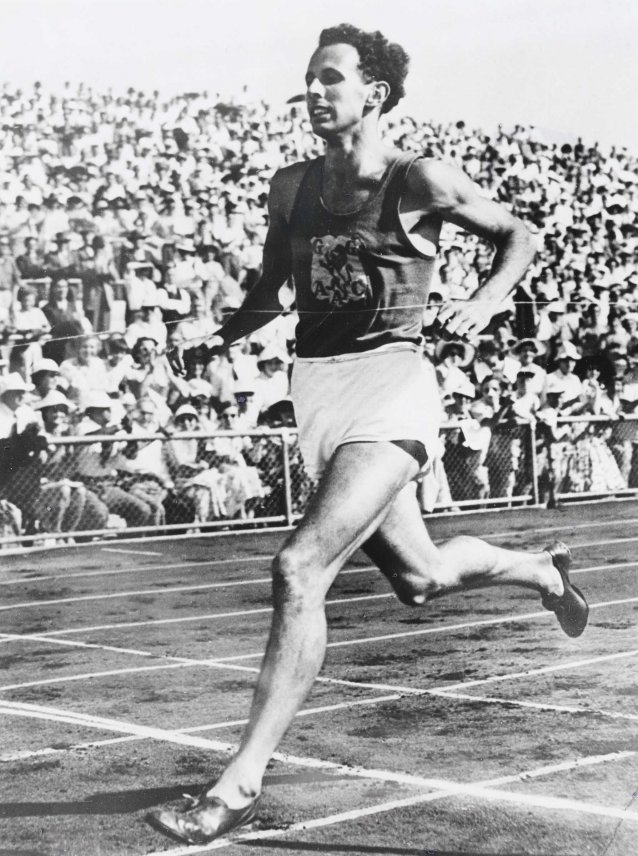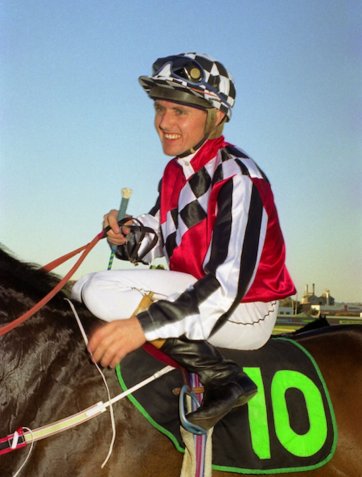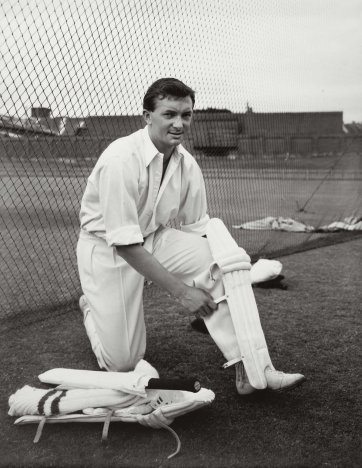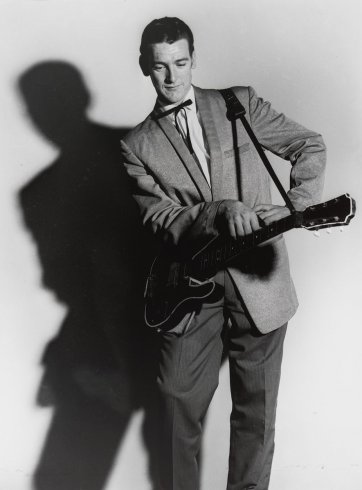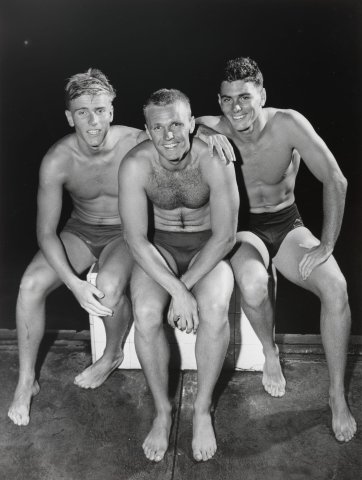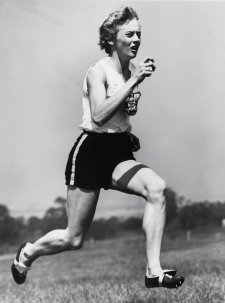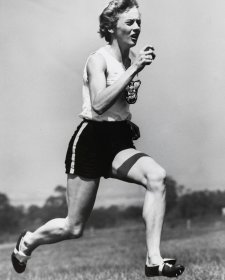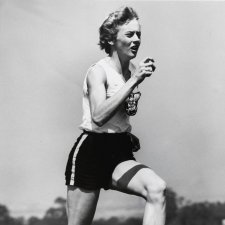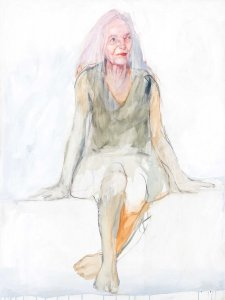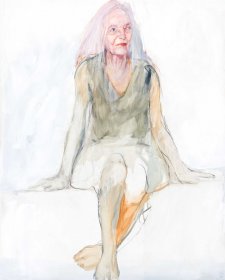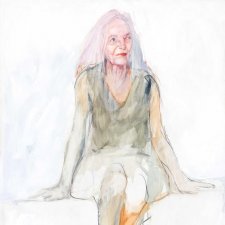Melbourne-born track and field athlete John Landy AC CVO MBE (1930–2022) came to the nation’s attention as a young man in the mid-1950s, as he followed his first Olympic competition at Helsinki in 1952 with a series of extraordinary races over the course of the next four years. Taking the national records (and making personal bests) for the mile, 1000 metre and 1500 metre races between December 1952 and the end of 1953, at Turku, Finland in 1954 Landy became only the second man to beat the four-minute-mile with the extraordinary time of 3:57.9 minutes – a record that would hold for more than three years.
At the 1954 British Empire and Commonwealth Games in Vancouver he won silver in the 1 Mile, and the following year he was made a Member of the Order of the British Empire for his services to amateur athletics. Competing in his second Olympic Games in 1956, Landy won a bronze medal in the 1500m; however, it was at a meet earlier in the year that he ran a race that would carve a place in the sporting annals of Australia. At the National Championships, during the Olympic trial for the 1500m, Landy stopped and turned back to help his fellow competitor Ron Clarke who had fallen mid-race. After checking on Clarke, and losing approximately seven seconds, Landy continued the race and managed to win with a time of 4:04.2. Landy’s actions in this race were declared the Finest Sporting Moment of the Century by the Sport Australia Hall of Fame in 1999.
In 2001, Landy was made a Companion of the Order of Australia, and in the same year he was appointed the 26th Governor of Victoria, holding the role until 2006. Landy was the final runner in the Commonwealth Games Queen’s Baton Relay that year, presenting the baton to Her Majesty Queen Elizabeth II at the Melbourne Cricket Ground for the Opening Ceremony. During this visit to Australia, the Queen also appointed Landy a Commander of the Royal Victorian Order.
This photograph by noted photographer Ern McQuillan encapsulates Landy at the height of his running career, as a young man caught in action on the track at Olympic Park in Melbourne.
Collection: National Portrait Gallery
Purchased with funds provided by L Gordon Darling AC CMG 2004
© Michael McQuillan's Classic Photographs
The National Portrait Gallery respects the artistic and intellectual property rights of others. Works of art from the collection are reproduced as per the
Australian Copyright Act 1968 (Cth). The use of images of works from the collection may be restricted under the Act. Requests for a reproduction of a work of art can be made through a
Reproduction request. For further information please contact
NPG Copyright.
